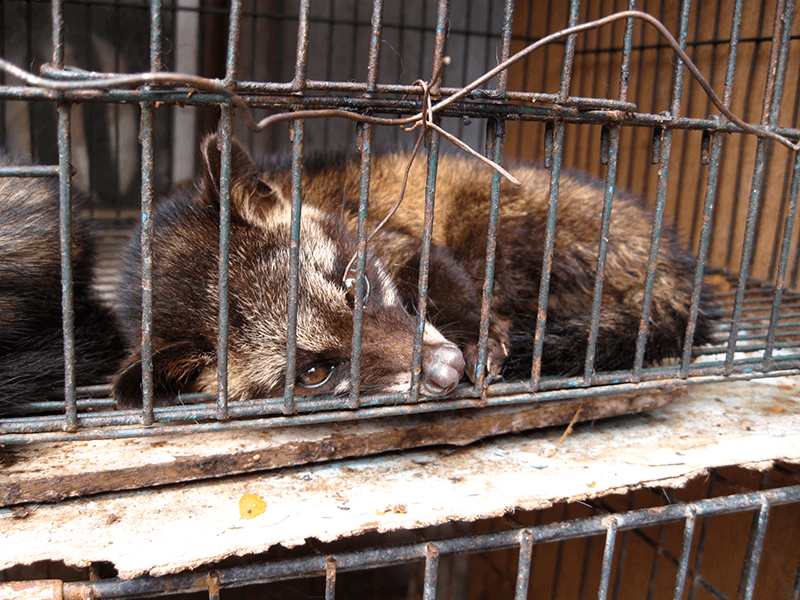The Intersection of Disease and Bats
by Kelsey Jennings, Urban Outreach Specialist/ AmeriCorps Member with MN DNR State Parks and Trails through Conservation Corps’ Individual Placement program
As a budding microbiologist, bats and their intersections with disease have long been fascinating to me (so much so that I published a scientific literature review discussing bats as disease vectors a few months before the first confirmed COVID-19 cases). With COVID-19 (novel coronavirus or SARS-CoV-2), there has been a lot of discourse regarding where it comes from, how exactly it spreads, and how to remain safe. The first part of this discussion has been focused on animal hosts and many media outlets have accused bats of being the culprit. A study done in 2017 found 400 new coronavirus strains in bats in Malaysian Borneo, and EcoHealth Alliance estimates that there are over 5000 coronavirus strains that infect bats globally.
In our current climate, this revelation may be very shocking, but as of now there are only seven strains that infect humans (four that cause the common cold, and three that are more serious), and of the thousands that could infect humans, most would cause only mild symptoms. In addition, all deadly coronavirus strains that infect humans were spread through a non-bat host. So why, then, are bats getting such a bad rap? It is true that bats are the natural host for coronaviruses, and bats have been linked to other disease outbreaks such as the Nipah virus in Malaysia, and Ebola in West Africa. However, all of these outbreaks have something in common; they occur at the intersection of bats’ natural habitat and human development, specifically high-production farms and the trade of exotic animals.

The SARS pandemic of 2002-2003 was linked to masked palm civets which are farmed for the production of Kopi Luwak, the world’s most expensive (and therefore lucrative) coffee. Furthermore, multiple Nipah virus outbreaks first infected pigs before jumping to humans, resulting in the euthanasia of millions of pigs in attempts to reduce the spread of the virus. Finally, Covid-19 possibly came from pangolins, which just so happen to be the most trafficked mammal on the planet, with millions being trafficked each year. A pattern emerges – bats are doing what they’ve always done, but human behavior is creating more opportunities for disease emergence and spread. As humans capture or farm wild animals in abysmal conditions, stress, poor diets, and too-close proximity create the perfect conditions for disease transmission and an ideal entry point for these diseases into human populations.

In response to pandemics, there is almost always an increase in bat-killing, which can actually increase disease prevalence and create additional stressors on vulnerable populations (1 in 3 bat species are vulnerable to extinction or lack sufficient data). Blaming bats for their natural history both harms them and enables the wildlife trade and factory farms to offload their role in emerging pandemics, so while it is alluring to find a scapegoat (or scapebat), it is important to dig deeper before assigning blame.
Tune in next time as we discuss how bats not only protect human health but save an estimated $50 billion to $1 trillion annually for farmers alone.
